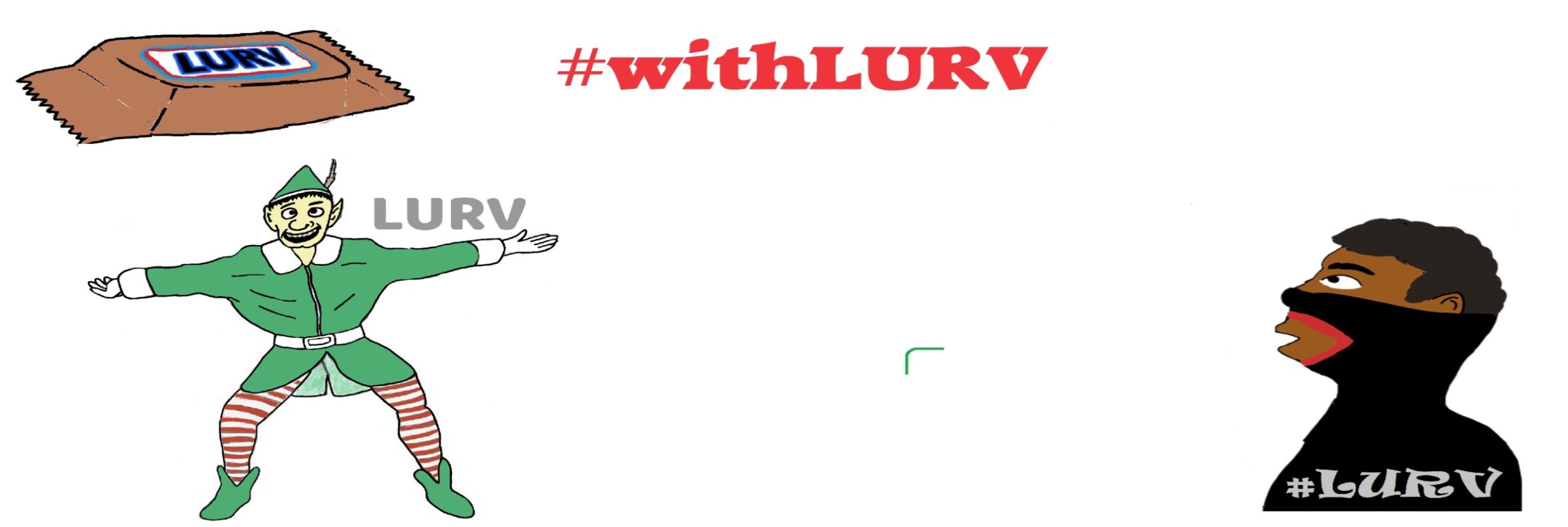There are not many Cebuano-English lessons online as we write this. It is mainly for Americans or other foreigners who enter the Cebu region of the Philippines and want to have some level of communication with the locals.
People often say, “Filipinos mostly speak English,” and while that is technically true, there are lots of levels to “speaking”. Lots of Filipinos who claim to be fluent in English are, to be kind, not quite there. So for visitors to PI, it might be good to meet the natives in the middle.
We will start off with some basics and move forward from there, God willing.
Tagalog is the national language in the Philippines. Behind that, there are probably dozens, if not hundreds, of different dialects and variations across that nation. Cebuano/Visaya is one of those subset
languages and probably the most popular.
Tagalog and Cebuano both use some similar words. Here are a few of the most used Cebuano words and phrases:
Yes. O-o. Say it like “Oh-oh”. Tagalog speakers use the same word for Yes. To the untrained ear, it might sound like just one “oh” because the speaker is running the two “oh’s” together.
No. Dili is Cebuano for No. “Dee-lee.” Hindi is what they use in Tagalog for No.
I/me. Ako.
We/us. Kanato, nato, kita, and kitang, are the basic words for ‘we/us’. But the Cebuano language is a bit complicated here, and those basic words disappear sometimes in speech. For example, “Give us water” is “Tagai me og tubig.” ‘Me’ in “Tagai me og tubig” is referring to all of us, or more than one person.
As you can see, Kanato, nato, kita, and kitang are not in a sentence like that. But a Visaya-speaking listener will know what you said.
You. Nimo. Pronounced like Nemo the famous fish.
You. (plural) Kaninyong tanan as in “all of you.” This is said pretty much as it looks in print. You can also use ‘ninyong tanan’.
Please. Palihog. “Pah-lee-hog.” The “hog” part is pronounced a bit like “hoagie”, the sandwich.
Thank you. Salamat is what you say, and it is the same word used in Tagalog. “Sa-LAH-mot.”
Stop. Para, same as Tagalog. In the Philippines, you will say “para” while riding a jeepney or trike, for example, to alert the driver so he will brake and let you off. Now, in Spanish, “para” is “for”. They are pronounced pretty much the same way.
“Hunong” is not widely used but is basically “stop doing such-and-such.”
Ang. This is a connector word. You need it sometimes to make a complete and understandable sentence when speaking. Almost rhymes with tongue.
Where? Asa. “Ah-sa” not “Ay-sa.”
Water. Tubig. Same as Tagalog. “TOO-big.”
Toilet. Kasilyas is the Cebuano word, but it is mostly used in the province, which is another way of saying the country folks. In the city and mostly, people just call the toilet or bathroom, “C.R.” which of course means comfort room. Saying “Asa ang kasilyas?” is similar to walking around the United States saying “Where is the toilet?” which most would say is a bit rude.
Thanks & Come back again!

